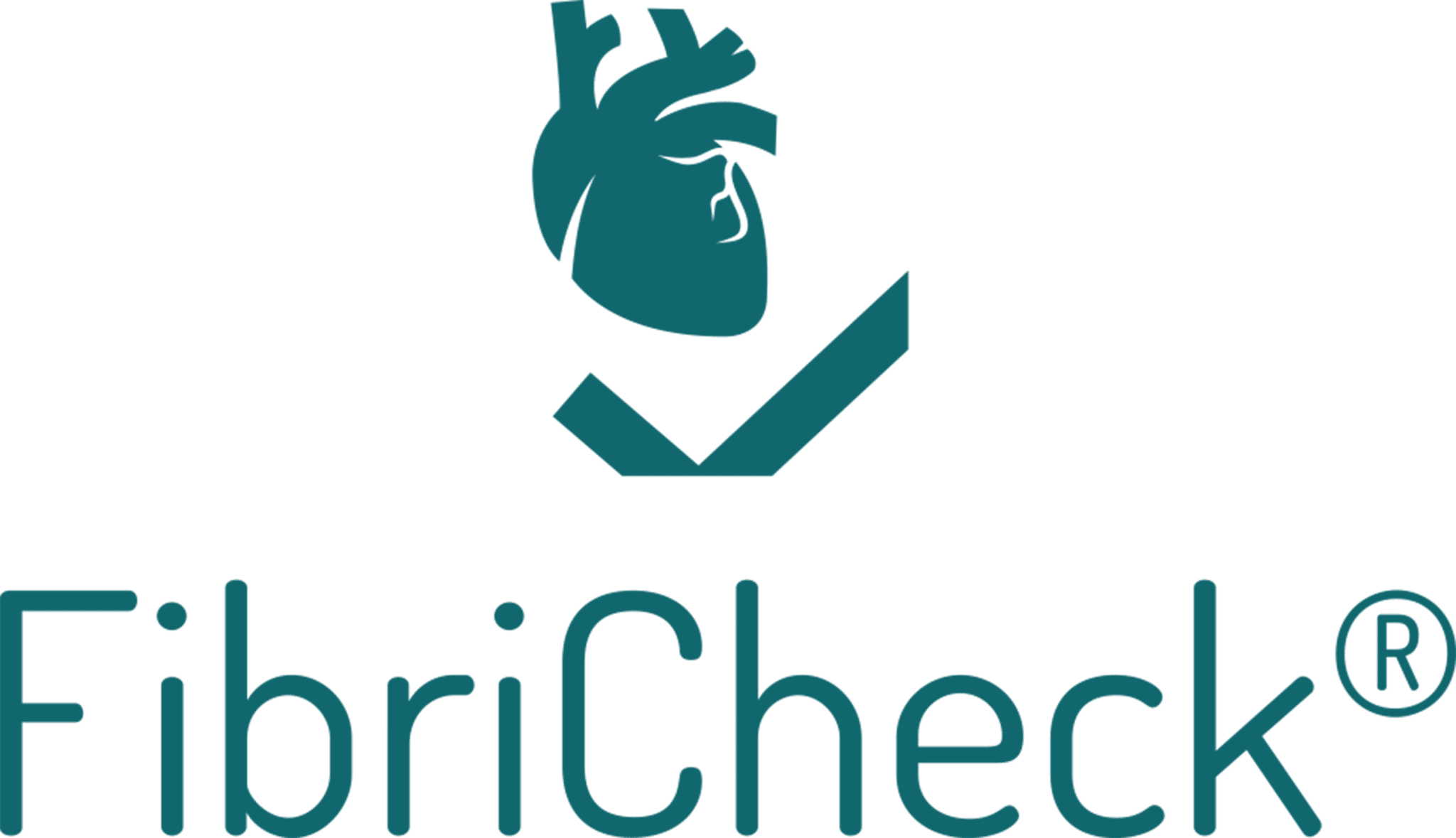Atrial fibrillation is a progressive disease, meaning that the symptoms and the severity of the condition can worsen over time. The progression of atrial fibrillation is also related to a poor outcome of the condition and reduced efficacy of treatment to keep your heart rhythm under control. This article will provide you with an overview of the different types of atrial fibrillation, as well as the actions you can take to avoid further progression of the condition.
Understanding the different categories of atrial fibrillation
Atrial fibrillation is a condition marked by an irregular and often very rapid heart beat. It can be divided into different subcategories depending on the characteristics the condition presents itself with, the duration of the symptoms, and the termination of the episodes of an irregular heart rhythm. The following subcategories can be distinguished:
- Initial diagnosis: atrial fibrillation can be detected on PPG or ECG devices and can be diagnosed after confirmation on an ECG.
- Paroxysmal atrial fibrillation: these are episodes of atrial fibrillation that come and go, and usually last less than a week. These episodes may occur without symptoms.
- Persistent atrial fibrillation: these episodes of atrial fibrillation are continuous and last for more than a week.
- Long-standing persistent atrial fibrillation: these episodes of atrial fibrillation are also continuous and can last for more than 12 months.
- Permanent atrial fibrillation: this form of atrial fibrillation is continuously present and there are no more attempts to restore normal sinus rhythm.
Knowing which type of atrial fibrillation you’re suffering from is important, as it impacts treatment strategy and the outlook of the condition.
Preventing further progression of atrial fibrillation
The early detection of atrial fibrillation can enable early treatment, which improves the outlook of the condition and reduces the possibility of evolution to a further stage. Early detection is also important to initiate appropriate treatments and to avoid debilitating complications such as stroke and heart failure. This underlines the importance of regularly checking your heart rhythm, so that you are aware of any issues as soon as possible. Even if you’re not experiencing any symptoms, it’s important to check your heart rhythm frequently, as 40% of people who have atrial fibrillation don’t present with any symptoms.
Some modifiable risk factors can be addressed in order to avoid progression of the condition, including:
- Hypertension
- Unhealthy lifestyle
- Diabetes
- The use of nicotine, alcohol, caffeine or illegal drugs
- Obesity
- Underlying health issues of the heart and the lungs
Tackling underlying health issues, making positive changes to your lifestyle and seeking the appropriate treatment for atrial fibrillation can prevent the progression of the condition. Managing blood pressure, getting regular exercise, keeping underlying health conditions such as COPD and diabetes under control, losing excess weight and avoiding the use of nicotine, alcohol, caffeine and illegal drugs can already have a significant impact. For every 5 kg of weight loss for example, the risk of developing AF is significantly reduced by 12%.
References
- NIH (2022). Types of atrial fibrillation. (https://www.nhlbi.nih.gov/health/atrial-fibrillation/types)
- Vitolo M. et al (2023). Factors associated with progression of atrial fibrillation and impact on all-cause mortality in a cohort of European patients (https://www.ncbi.nlm.nih.gov/pmc/articles/PMC9917523/)
- Xiong Q, Proietti M, Senoo K, Lip GY. Asymptomatic versus symptomatic atrial fibrillation: A systematic review of age/gender differences and cardiovascular outcomes. Int J Cardiol. 2015 Jul 15;191:172-7. Doi: 10.1016/j.ijcard.2015.05.011. Epub 2015 May 7. PMID: 25974193.
- Nesheiwat Z. et al. (2023). Atrial fibrillation. (https://www.ncbi.nlm.nih.gov/books/NBK526072/)
- Berkovitch A. et al. (2016). Body mass index and the risk of new-onset atrial fibrillation in middle-aged adults. (https://www.sciencedirect.com/science/article/abs/pii/S0002870315006882?via%3Dihub)
Created on July 31st, 2024 at 01:53 pm



